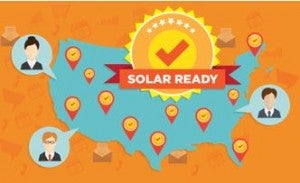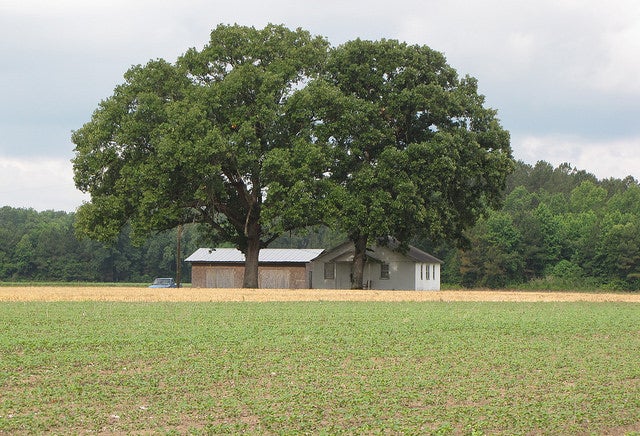 By: Andy Vargas, EDF Congressional Hispanic Caucus Institute (CHCI) Public Policy Fellow
By: Andy Vargas, EDF Congressional Hispanic Caucus Institute (CHCI) Public Policy Fellow
Hispanic Heritage Month is in full swing! It has also been a welcome way to kick off my placement with Environmental Defense Fund (EDF) as a Congressional Hispanic Caucus Institute (CHCI) Public Policy Fellow. Each year, CHCI marks Hispanic Heritage Month with a Public Policy Conference elevating the issues most important to Latino communities. This year, I had the pleasure of representing both CHCI and EDF, introducing a panel on an emerging and critical topic for Latinos: clean energy.
Clean energy is key to protecting Latino communities from disproportionate impacts of climate change and pollution. At last week’s conference, the National Hispanic Leadership Agenda (NHLA) highlighted that half the U.S. Latino population currently lives in the country’s most polluted cities. NHLA also noted that asthma and chronic obstructive pulmonary disease are more prevalent in inner city Latino communities near carbon-producing power plants.










 By:
By:  Economic inequality has become one of the dominant political narratives of the day. It occupies discussions on both sides of the aisle, and is shaping elections from city halls to the White House. There’s a good reason for this: the continuing trends of
Economic inequality has become one of the dominant political narratives of the day. It occupies discussions on both sides of the aisle, and is shaping elections from city halls to the White House. There’s a good reason for this: the continuing trends of 

